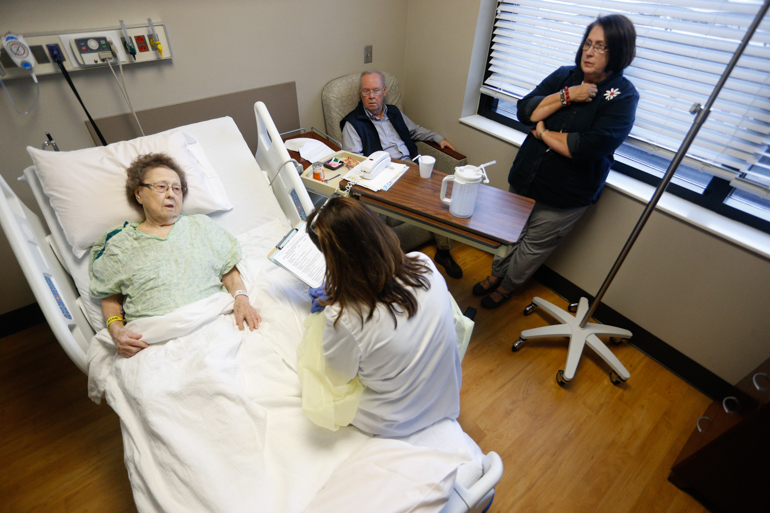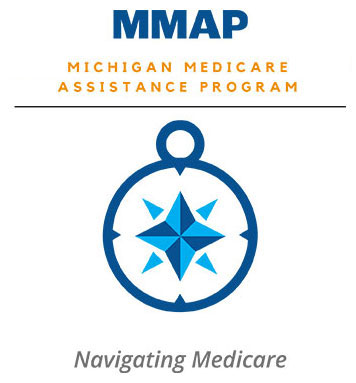January 5, 2017
By Dr. Patrick Conway, Acting Principal Deputy Administrator
We have made great progress in recent years on reforming our system into one that delivers better quality of care for patients and pays for care in a smarter way, including investing more in prevention and primary care.
Before 2010, there had been only modest efforts to improve care and reduce costs. Medicare – the country’s largest health care insurance program – was largely paying for health services based on volume – where providers were paid for every service they ordered or performed – which didn’t necessarily improve the health of beneficiaries or preserve the program for future generations. To improve our health care system, the largest payer of health care stepped up to partner with providers, doctors and other clinicians, states, private payers, consumers, and others to spur innovation. The market and people in communities across the nation have responded this initiative in extraordinary ways and delivered better care to patients.
This has been the mission of the Center for Medicare and Medicaid Innovation (CMS Innovation Center), to align incentives, partner with others to improve the health system, and implement best practices for coordinating patient care. Since opening its doors in late 2010, the CMS Innovation Center has worked tirelessly to enhance the quality of health care delivered while not increasing costs for Medicare, Medicaid, and Children’s Health Insurance Program (CHIP) beneficiaries. The CMS Innovation Center takes locally-driven approaches – approaches from doctors and other health care partners providing care to patients every day – and gives them the platform to be tested through a collaborative process.
Today, based on the successful work of the CMS Innovation Center and countless public and private sector partners, we can now say that health care delivery system reform addressing both quality and cost has become part of the fabric of Medicare, Medicaid, and the health care sector nationwide. According to a new report to Congress prepared by the CMS Innovation Center:
• Over 30 new payment models have been launched over the past six years.
• Investments in electronic medical records and a data and analytics infrastructure are sparking a new set of innovative companies.
• The CMS Innovation Center’s portfolio of models has attracted participation from a broad array of health care providers, states, payers, and other partners. An estimated 18 million individuals, including CMS beneficiaries and individuals with private insurance included in multi-payer models, have been impacted by, have received care, or will soon be receiving care furnished by more than 207,000 health care providers participating in CMS Innovation Center payment and service delivery models and initiatives. These models are delivering care to people in every state across the nation.
• Medicare exceeded – earlier than predicted – the goal to tie more than 30 percent of fee-for-service payments by the end of 2016 through alternative payment models to quality and cost metrics. Medicare is on pace to reach 50 percent by the end of 2018.
The Innovation Center has partnered with Medicare, Medicaid, and private health plans in the commercial market on new models of care and innovation. And, a number of exciting initiatives will be coming to more beneficiaries over the next few years:
• The Medicare Diabetes Prevention Program expanded model, set to begin in 2018, will pay for services to prevent the onset of diabetes to all eligible Medicare beneficiaries, improving their health and that of the Medicare program both now and in the future. This is important because we estimate that Medicare spent $42 billion in 2016 on fee-for-service, non-dual eligible, over age 65 beneficiaries with diabetes.
• Three new payment models—the Acute Myocardial Infarction Model, the Coronary Artery Bypass Graft Model, and the Cardiac Rehabilitation Incentive Payment Model—will support clinicians in providing care to patients who receive treatment for heart attacks, heart surgery to bypass blocked coronary arteries, or cardiac rehabilitation.
• Through the Comprehensive Primary Care Plus Model, primary care doctors can care for their patients the way they think will deliver the best outcomes, and they’ll get paid for achieving results and improving care.
• One new payment model—the Surgical Hip and Femur Fracture Treatment Model—will support clinicians in providing care to patients who undergo surgery after a hip or femur fracture beyond hip replacement. In addition, we finalized updates to the Comprehensive Care for Joint Replacement Model, which began in April 2016.
• The Accountable Health Communities Model, beginning in 2017, will test whether increased awareness of and access to services addressing health-related social needs will impact total health care costs and improve health and quality of care for Medicare and Medicaid beneficiaries in selected communities. This model will address a critical gap between clinical care and community services in the current delivery system.
• Thirty-eight states and territories are engaged in the State Innovation Models initiative where they are testing their own best ideas to improve health, quality of care, and lower costs. Additionally, Vermont and Maryland have entered into global payment arrangements to improve care for the whole state’s population.
• And, already, investments in patient safety from the CMS Innovation Center, including through the Partnership for Patients, have contributed to an estimated 125,000 lives saved, over 3 million infections and adverse events avoided, and $28 billion in savings. We expect to see these numbers and savings continue to grow in the coming years.
These exciting approaches are the result of careful design, thorough and rigorous evaluation, and close collaboration with patients, doctors, and other stakeholders to achieve real, measurable, and significant results in improving health and lowering spending. CMS conducts an independent evaluation of every CMS Innovation Center model and releases those findings publicly. These reports provide stakeholders with information on the impact of the model as a whole on health care expenditures and utilization, beneficiary and health care provider experiences with care, and, where feasible, health outcomes. The reports also often provide site-specific results.
Using the CMS Innovation Center to advance better, smarter health care has become even more important over time. Since the passage of the bipartisan Medicare Access and CHIP Reauthorization Act of 2015 (MACRA), the CMS Innovation Center has been instrumental to its implementation. The Quality Payment Program, which implements provisions of MACRA, includes a five percent incentive payment for physicians and other clinicians sufficiently participating in Advanced Alternative Payment Models. The CMS Innovation Center is the mechanism to create new Advanced Alternative Payment Models in the future. In fact, the CMS Innovation Center has recently announced more than five new or re-opened opportunities for clinicians to join Advanced Alternative Payment Models. CMS expects 125,000 to 250,000 clinicians to be participating in Advanced Alternative Payment Models by 2018. The CMS Innovation Center looks forward to partnering with doctors, clinicians, patients, and others on new models.
The CMS Innovation Center continues to work on behalf of current and future Medicare, Medicaid, and CHIP beneficiaries. After more than six years, the health care system is objectively safer while making Medicare more financially secure for future generations. Such significant progress is possible because we have worked with Congress and stakeholders to listen, adapt, and advance proven ideas. Our work in developing and expanding new payment models will continue to be guided by the following core principles:
• Supporting innovative payment and service delivery models with strong potential to improve health care quality and lower costs.
• Engaging with and listening to consumers, providers, and other stakeholders allowing for open and transparent dialogue, including through the appropriate use of notice-and-comment rulemaking and ombudsmen.
• Evaluating results based on appropriately scoped and sized demonstrations and advancing best practices based on their impact on quality and cost.
Together we can continue to strive to achieve better care, healthier people, and smarter spending.
To read more detail of the accomplishments of the CMS Innovation Center, read the most recent biennial report to Congress on the Innovation Center website: https://innovation.cms.gov/Files/reports/rtc-2016.pdf
###

